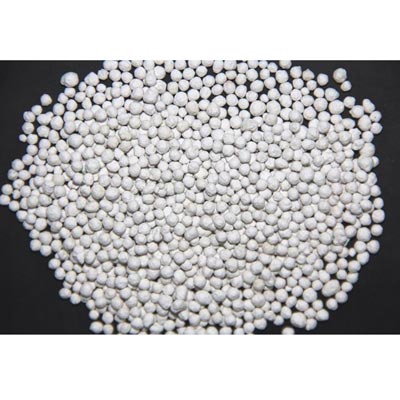MAP
MAP has been an important fertilizer for many years. It is water soluble and dissolves rapidly in soil if adequate moisture is present. Upon dissolution, the two basic components of the fertilizer separate again to release NH4+ and H2PO4-. Both of these nutrients are important to sustain healthy plant growth. The pH of the solution surrounding the granule is moderately acidic, making MAP an especially desirable fertilizer in neutral and high pH soils. Agronomic studies show that there is no significant difference in P nutrition from various commercial P fertilizers under most conditions.
Granular MAP is applied in concentrated bands beneath the soil surface in proximity of growing roots or in surface bands. It is also commonly applied by spreading across the field and mixing into the surface soil with tillage. In powdered form, it is an important component of suspension fertilizers. When MAP is made with especially pure H2PO4-, it readily dissolves into a clear solution that can be used as a foliar spray or added to irrigation water. The P2O5 equivalent content of high-purity MAP is usually 61%.
